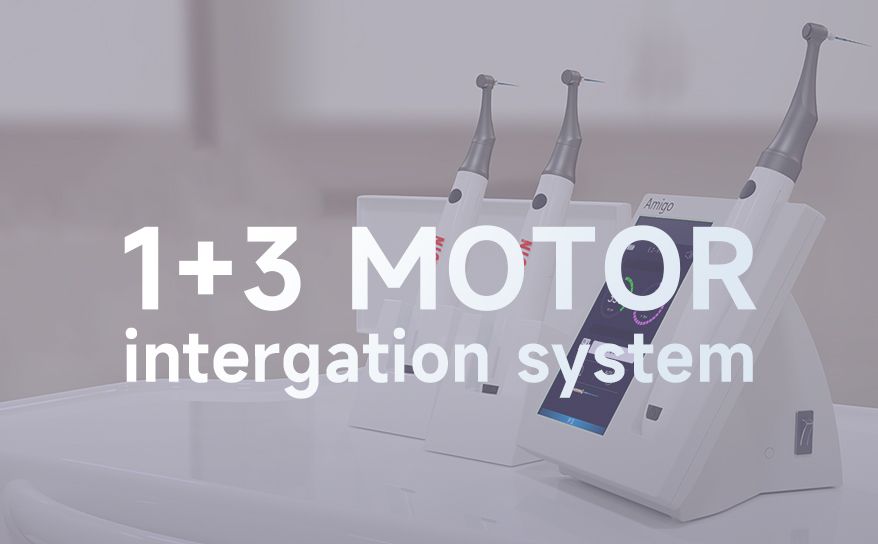In recent years, single file systems have emerged as a game-changer in the field of endodontics. These innovative tools have revolutionized root canal treatment by simplifying and streamlining the process. With their efficiency and effectiveness, single file systems offer numerous benefits for both dentists and patients.
The Advantages of Single File Systems in Endodontics
Single file systems eliminate the need for multiple files during root canal treatment. Traditionally, dentists had to use a series of progressively larger files to clean and shape the root canals. This time-consuming process often led to complications such as instrument separation or transportation of the canals. However, with single file systems, a single instrument is used throughout the procedure, reducing chair time and minimizing potential risks.
Furthermore, these systems are designed with advanced technology that allows for efficient debris removal and optimal disinfection. The unique design features of single file instruments ensure better access to complex anatomical structures within the tooth roots while maintaining high precision.
Shenzhen Superline Technology Co.Ltd.(SLT): Pioneering Single File Systems
A leading player in this field is Shenzhen Superline Technology Co.Ltd.(SLT), an innovative dental equipment manufacturer based in China. SLT has been at the forefront of developing cutting-edge solutions for endodontic procedures since its inception.
Their range of single file systems offers unparalleled performance and reliability. By leveraging advanced engineering techniques and materials science expertise, SLT has created instruments that deliver exceptional results consistently.
The Evolution: Endo Rotary File Systems
Prior to the advent of single file systems, rotary instrumentation was widely used in endodontics. While effective, these systems required the use of multiple files and complex techniques. The introduction of single file systems has simplified the process, making it more accessible to dentists worldwide.
endo rotary file systems are designed to be used with motorized handpieces, allowing for precise control and enhanced efficiency. These instruments feature a unique cutting mechanism that enables efficient debris removal while minimizing the risk of instrument fracture or canal transportation.
In Conclusion

single file systems in endodontics have transformed root canal treatment by offering simplicity, efficiency, and improved outcomes. With companies like SLT leading the way in innovation, dental professionals can now provide their patients with faster and more predictable results. As technology continues to advance, we can expect further refinements in single file systems that will continue to enhance the field of endodontics.


